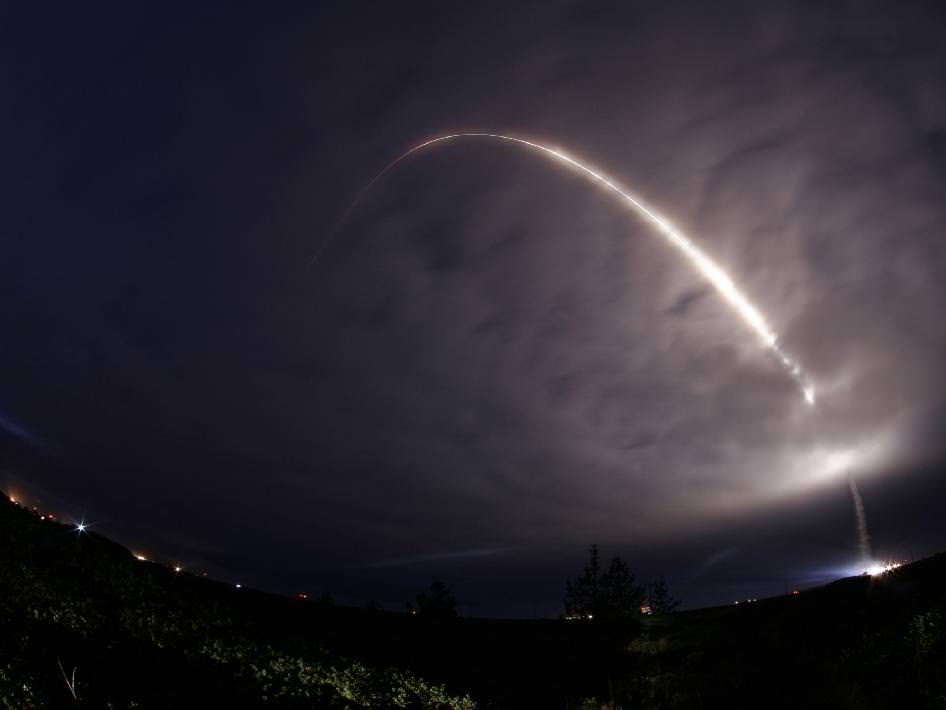NASA's Wide-field Infrared Survey Explorer, or WISE, successfully lifted off this morning on its way to map the entire sky in infrared light. A Delta II rocket carrying the spacecraft launched at 6:09 a.m. PST (9:09 a.m. EST) from Vandenberg Air Force Base in California. WISE quickly began transmitting data – just 10 seconds after spacecraft separation -- and all through the events that lead to bringing the satellite into a polar orbit 326 miles above Earth.
[/caption]
"WISE thundered overhead, lighting up the pre-dawn skies," said William Irace, the mission's project manager at NASA's Jet Propulsion Laboratory in Pasadena, Calif. "All systems are looking good, and we are on our way to seeing the entire infrared sky better than ever before."
Because the instrument sees the infrared, or heat, signatures of objects, it must be kept at chilly temperatures. Its coldest detectors are less than minus 447 degrees Fahrenheit.
"WISE needs to be colder than the objects it's observing," said Ned Wright of UCLA, the mission's principal investigator. "Now we're ready to see the infrared glow from hundreds of thousands of asteroids, and hundreds of millions of stars and galaxies."
With the spacecraft stable, cold and communicating with mission controllers at JPL, a month-long checkout and calibration is underway.
WISE will see the infrared colors of the whole sky with sensitivity and resolution far better than the last infrared sky survey, performed 26 years ago. The space telescope will spend nine months scanning the sky once, then one-half the sky a second time. The primary mission will end when WISE's frozen hydrogen runs out, about 10 months after launch.
WISE will catalog a variety of astronomical targets. Near-Earth asteroids, stars, planet-forming disks and distant galaxies all will be easy for the mission to see. Hundreds of millions of objects will populate the WISE atlas, providing astronomers and other space missions, such as NASA's planned James Webb Space Telescope, with a long-lasting infrared roadmap.
Source:
NASA
 Universe Today
Universe Today
